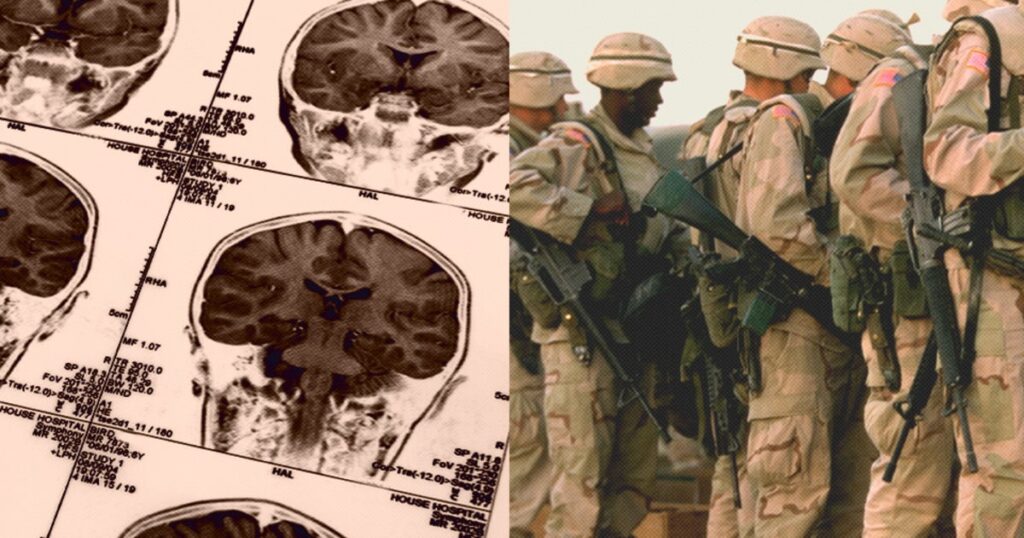The efforts come a year after the Pentagon’s Office of Inspector General issued a report saying the Defense Department did not consistently identify and assess service members for traumatic brain injuries and did not implement a consistent process to manage the injuries.
Frank Larkin, 68, who was also a Navy SEAL, said while traumatic brain injury was a topic of discussion about a decade before his son died, there has been “very little movement.”
“It’s unacceptable,” he said, “after 20-plus years of persistent conflict.”
‘The science isn’t there’
Symptoms of traumatic brain injury include persistent headaches or neck pain, fatigue, memory issues, trouble sleeping, concentration problems, chronic depression, anxiety and apathy, researchers say.
It can also lead to aggression and violence, experts say, but cases like Card’s that result in mass violence are rare. “These high-profile cases, thankfully, are few and far between,” Stone said. “But they are a point along the overall spectrum — the different ways that the imbalance can manifest.”
Ryan Larkin exhibited many symptoms of traumatic brain injury, his father said. “The changes we saw were uncharacteristic,” Frank Larkin said, adding that his son grew anxious and became short-fused.
Ryan Larkin sought help through the Navy and the VA, but doctors spoke little of traumatic brain injury and focused more on behavioral and psychiatric diagnoses “because that was what they knew,” his father said.
“We are handicapped by the fact that we can only really qualify this post-mortem,” he said.
There is no imaging tool that can detect brain injuries like CTE, Gore said. While some researchers have detected structural white matter changes in the brain, Gore said the method is not yet legitimate or reliable in a clinical setting.
“Right now, the science isn’t there,” he said, “but there’s a lot more that could be done.”
Logging exposure to low-level blasts is a good start,…
Read the full article here





